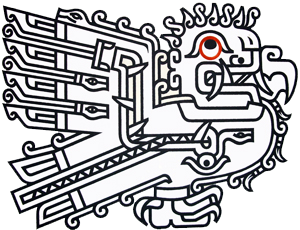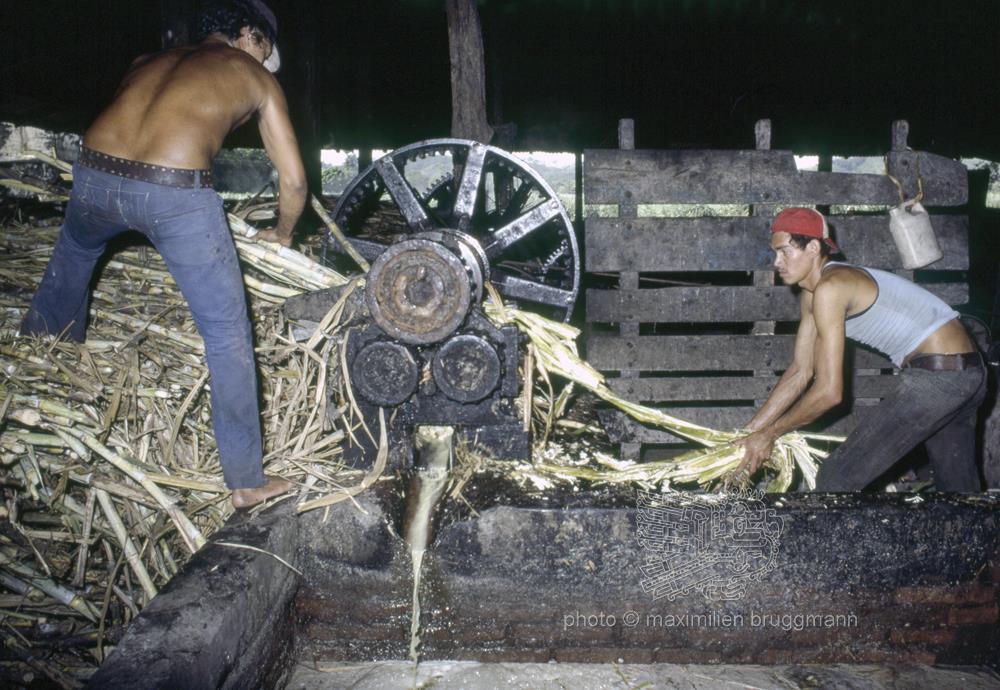Description
A small-scale refinery in the village of Belén, Nicaragua. Similar establishments are found in large numbers in most tropical regions of the subcontinent. Immediately after the harvest, the sugar canes are brought by truck to the factory and then passed through huge crushing machines where a few indigenous people work. The juice that flows out is carefully collected in basins. It then undergoes a series of transformations that result in the production of a more or less refined sugar. Sugar cane is one of the main agricultural resources of certain regions of the Central American republics as well as of some neighbouring islands in the Caribbean Sea. The zafra takes place without interruption during the twelve months of the year. This work is mainly carried out by the blacks who were brought from Africa during the period of slavery for this very specific purpose. Indeed, the work is extremely arduous, as it is carried out under a blazing sun and in very high temperatures. It requires sustained physical effort that only the blacks, who are generally athletes, are able to provide. At the end of the harvest, the fields are burnt and a new cycle begins. - 1977
Description
A small-scale refinery in the village of Belén, Nicaragua. Similar establishments are found in large numbers in most tropical regions of the subcontinent. Immediately after the harvest, the sugar canes are brought by truck to the factory and then passed through huge crushing machines where a few indigenous people work. The juice that flows out is carefully collected in basins. It then undergoes a series of transformations that result in the production of a more or less refined sugar. Sugar cane is one of the main agricultural resources of certain regions of the Central American republics as well as of some neighbouring islands in the Caribbean Sea. The zafra takes place without interruption during the twelve months of the year. This work is mainly carried out by the blacks who were brought from Africa during the period of slavery for this very specific purpose. Indeed, the work is extremely arduous, as it is carried out under a blazing sun and in very high temperatures. It requires sustained physical effort that only the blacks, who are generally athletes, are able to provide. At the end of the harvest, the fields are burnt and a new cycle begins. - 1977





